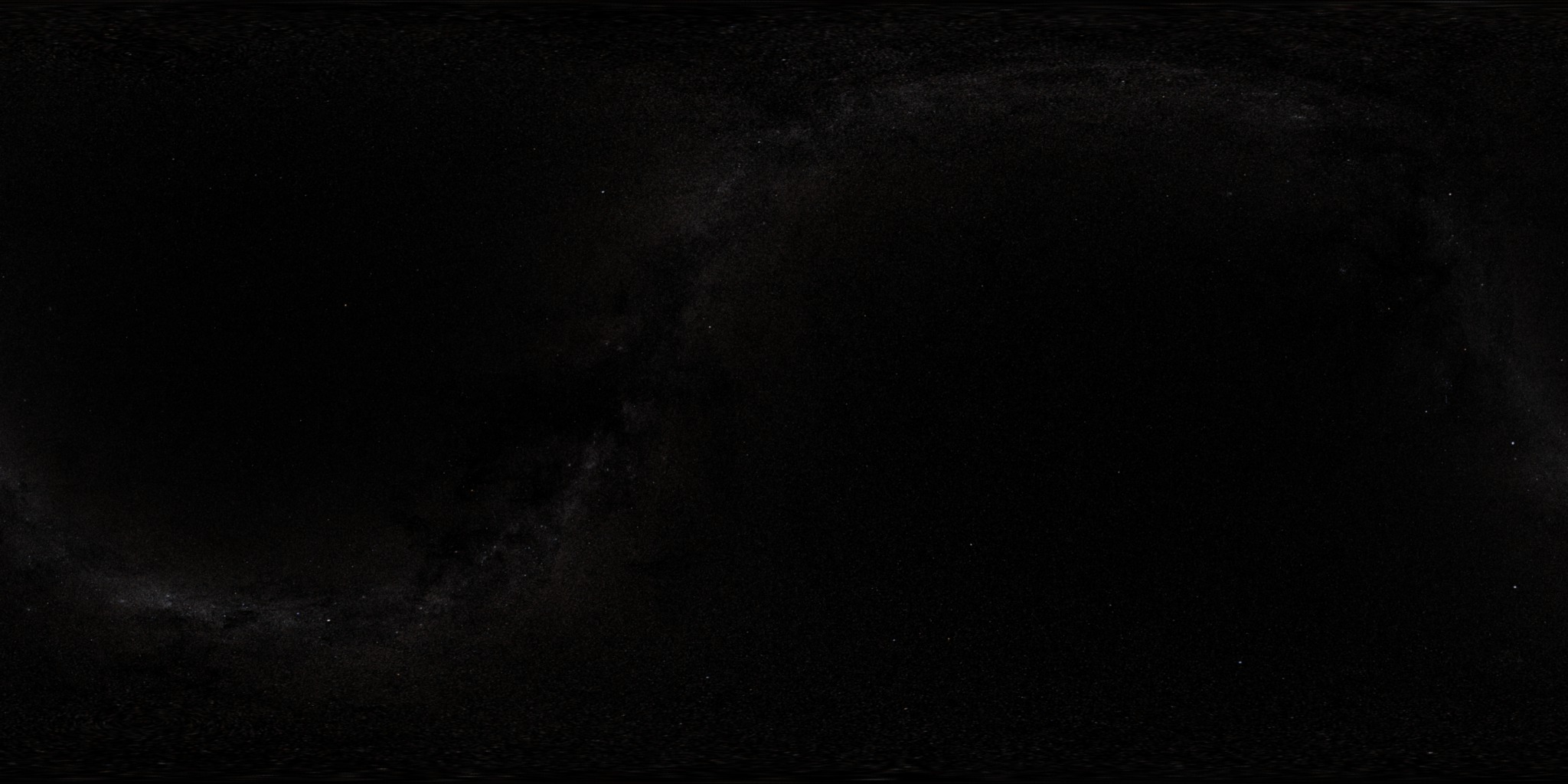Comet Strike
Comet Shoemaker-Levy 9 was on a collision course. The comet had once orbited Jupiter, circling the gas giant every two years. But during a close encounter with the planet, it was ripped apart by tidal forces. A trail of fragments, some greater than 3,000 feet across, was all that remained of the icy mass. In July 1994, the fragments raced towards Jupiter’s south pole, exploding into fireballs as they entered the cloud-filled atmosphere. Each impact set off fiery plumes that could be seen by observing spacecraft. The event, which took place over six days, was the first collision of two bodies in the solar system ever witnessed by humans. Watch the visualization to see a re-creation of this historic clash.

Fragments of a shattered comet collide with Jupiter.
The impact of 21 comet fragments, identified by letter, can be seen in this visualization.

This image was taken 60 days before impact. The comet fragments stretch across 710,000 miles of space.

The comet fragments are visible in this panoramic image taken by the Hubble Space Telescope.

This time-lapse sequence shows the temporary scars (dark spots) that formed in Jupiter's atmosphere following the impact of two comet fragments.
Credits
Please give credit for this item to:
NASA's Goddard Space Flight Center
Cover image courtesy of NASA
Jupiter pre-impact image courtesy of NASA, ESA, STScI/H. Weaver and E. Smith, JPL/J. Trauger and R. Evans
Hubble image courtesy of NASA, ESA, STScI/H. Weaver and E. Smith
Jupiter time-lapse image courtesy of NASA, HST, WFPC2, SSI/H. Hammel
-
Animators
- Greg Shirah (NASA/GSFC)
- Ernie Wright (USRA)
- Tom Bridgman (Global Science and Technology, Inc.)
-
Producer
- Michael Starobin (HTSI)
-
Scientist
- Amy A. Simon (NASA/GSFC)
-
Writer
- Aviva H. Rutkin (USRA)
Release date
This page was originally published on Thursday, May 16, 2013.
This page was last updated on Wednesday, May 3, 2023 at 1:52 PM EDT.
